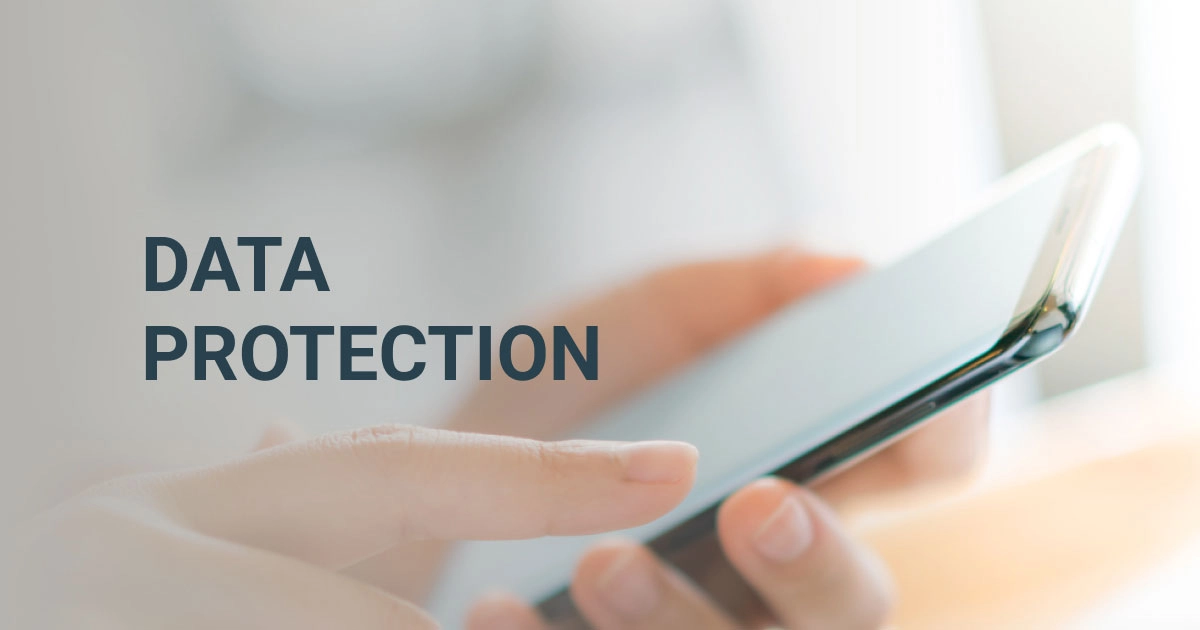Personal devices contain a lot of data about their owners, including sensitive information regarding documents, finances, health, etc. This data must be maintained carefully during each step of the device lifecycle, preventing accidental data leaks and planned cyber attacks. In today's article, we explore how to protect your phone from hackers and securely erase data at the end of your smartphone life.

How Can Hackers Get Access to Your Device?
There are countless fraudulent methods to steal data, and newer ones are appearing now and then. We have created a list of several of the most common ones that are widely used by criminals all over the world. However, you should always be careful and aware of the latest threats.
Untrusted Network Connections
Public places often provide unsecured Wi-Fi networks that pose a threat to your sensitive information. These networks typically do not encrypt your data, making it easier for unauthorized users to intercept it. Moreover, hackers can infiltrate these networks to manipulate data exchanges between your device and the internet.
In the same way, hackers use Bluetooth to connect with smartphones inside the network.
Phishing Attacks
Phishing is a scam hackers use to steal personal information, most often passwords and payment credentials. This method is typically delivered via emails containing malicious links or directing users to fake websites. The goal of phishing is to trick users into entering their credentials on a page that appears familiar or by following a link in a seemingly trustworthy message.
Apart from stealing data, hackers may install malicious software or viruses on the device as a result of such attacks.
According to research by the FBI and other cybersecurity organizations, phishing is one of the most common types of cyberattacks today.
Malicious Software
Malicious software (or malware) comes in many types and forms, including viruses, worms, Trojan horses, and backdoors. These types of software can be installed on smartphones in various ways: through phishing links, fraudulent websites, suspicious app stores, and more. Once downloaded, malware can not only collect personal data but also damage the operating system, provide unauthorized control over the device, and spread itself to other devices on the same network.
Social Engineering
Manipulating individuals into sharing their personal information is called social engineering. It can be conducted through various techniques, including phishing, impersonating another person or brand, and gaining physical access to a device. Social engineering employs psychological tactics to trick victims into disclosing their information.

How to Protect Your Phone from Hackers?
When the solution for another phone hack is found, hackers consistently devise a new way to steal personal data. Therefore, you should always pay attention to the latest standards in the data protection field.
Read the list of practices that will help prevent cell phone cyber attacks and maintain data safety.
Use Strong Passwords
The first step in protecting your smartphone is using a strong password that cannot be easily guessed or hacked. Ideally, create a password with a mix of letters, numbers, and special characters, and avoid reusing it across different platforms. Additionally, implement two-factor authentication for extra cell phone security. In addition to passwords, you can use biometric authentication methods, such as facial recognition or fingerprint identification.
Regularly Update the Operating System
Due to increasing security threats, operating system developers continuously create new features to protect personal data and fix vulnerabilities. These improvements are released through regular updates, ensuring that your system stays compliant with the latest security standards. Therefore, installing the newest updates helps protect your data and reduces the risk of data breaches.
Back up Data on Your Smartphone
During a backup, a copy of your data is created and securely stored in the cloud. This protects your information if you lose access to the data on your smartphone, allowing you to restore it on another device.
Both Apple and Android systems offer reliable and straightforward methods to back up your data. While this practice won't protect you from hackers stealing your information, it ensures you don't lose sensitive data entirely.
Avoid Suspicious Websites, Links, and Apps
It might not be clear what "suspicious" means in this context. However, here are five tips on how to minimize the risks of phishing attacks:
- Avoid weird-looking URLs and websites with lots of ads. Don't trust websites that use "http://" instead of "https://." The "https://" indicates the website encrypts your data, which is more secure.
- Hover your mouse over the link to ensure it matches the actual URL.
- Always double-check that you're on the official website when entering credit card information or other sensitive data.
- Read reviews and check the app's rating on a reliable platform before downloading.
- If you receive an unexpected email from a bank or well-known organization, contact them directly through their official customer support.
How to Delete Personal Data Irrecoverably from the Smartphone?
Apart from protecting your personal data while you use the smartphone, you should also securely delete it when the device is no longer needed. It will help you avoid your data being exposed and make the device ready for the next owner.
Although you can delete data manually, when you have one smartphone to wipe, it should be automated for businesses that process large volumes of devices daily. The best option is to use a software solution, for example, NSYS Data Erasure. It deletes data irrecoverably in accordance with industry standards and guidelines, including ADISA, NIST, and GDPR.
Click the button below to get a demo of NSYS Data Erasure!








